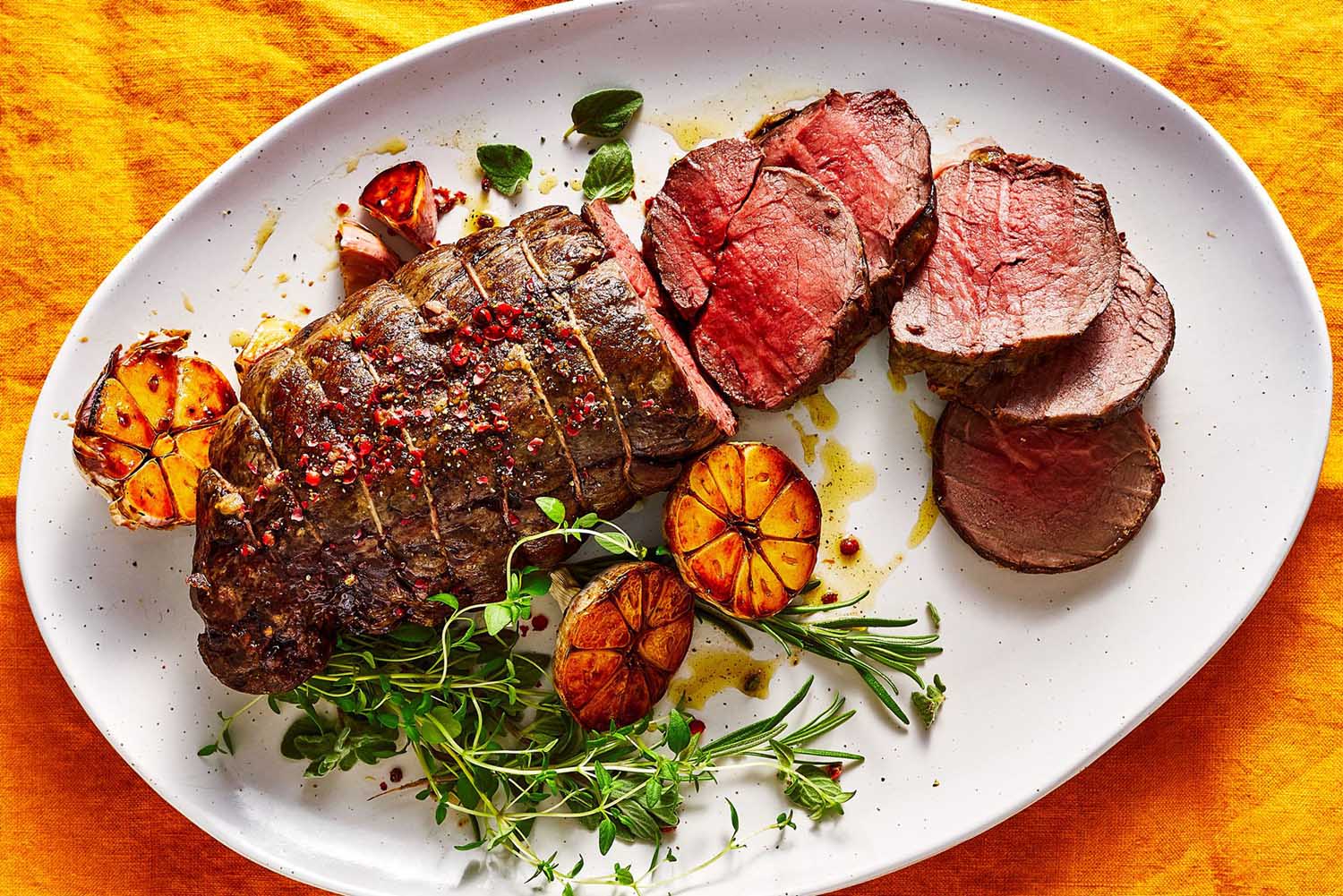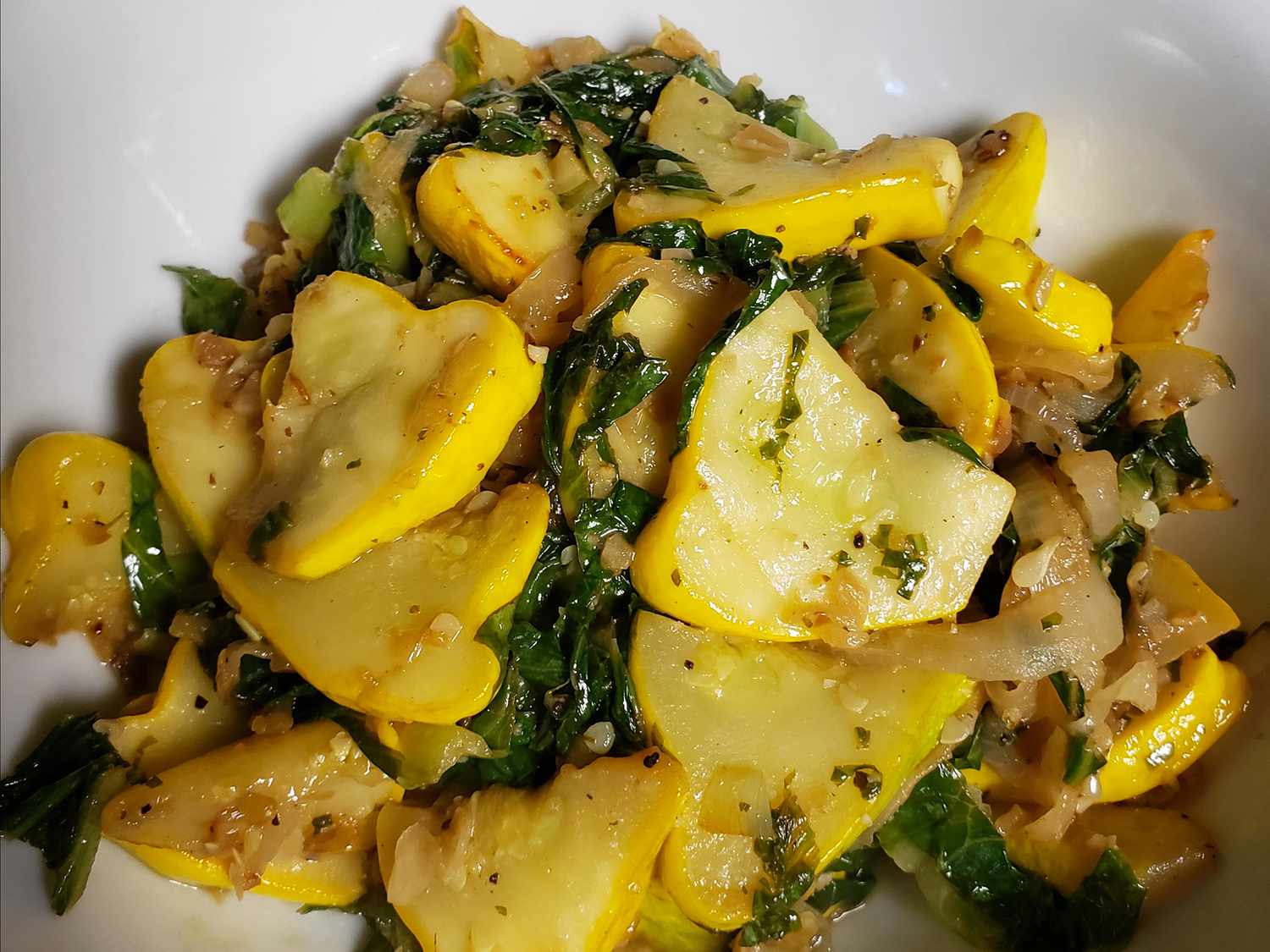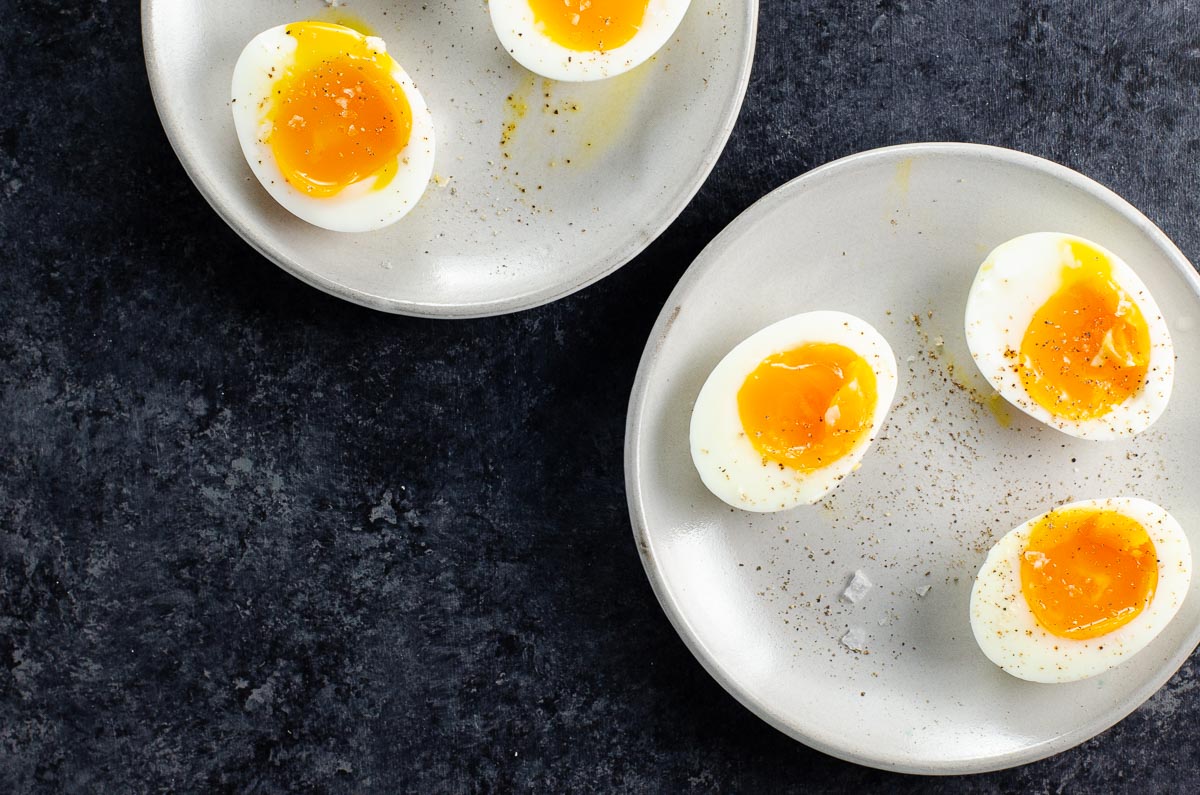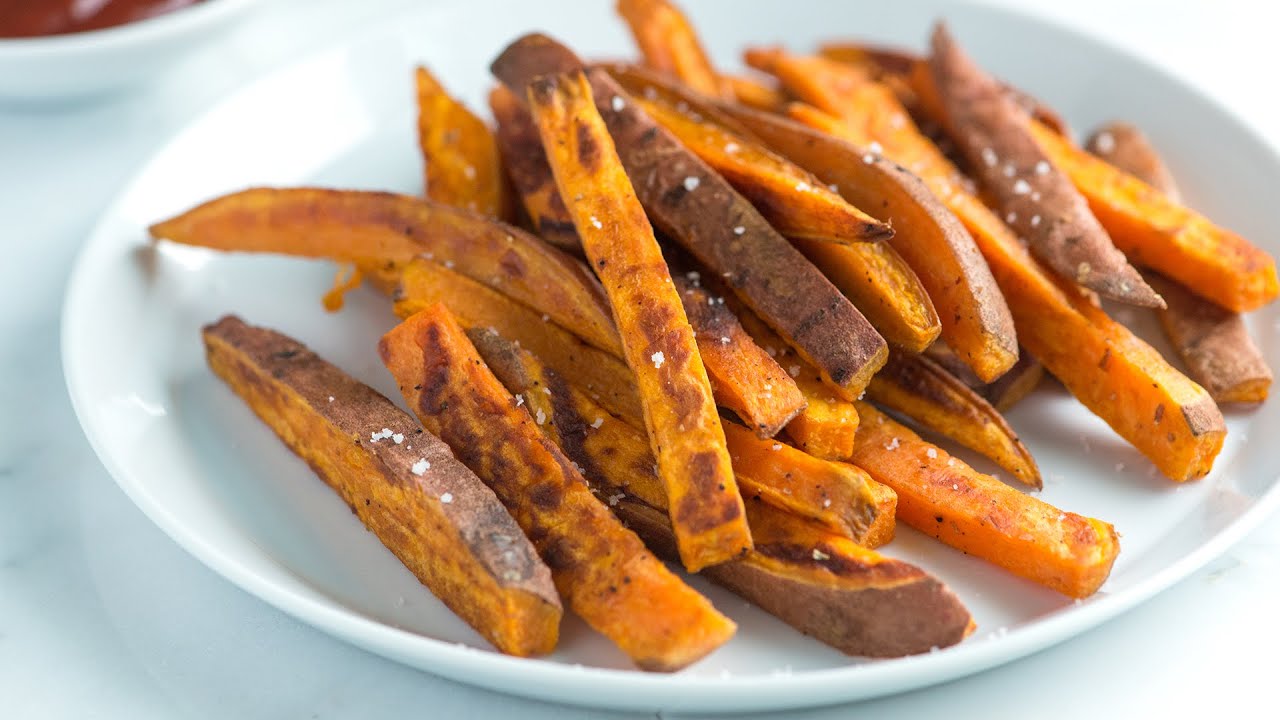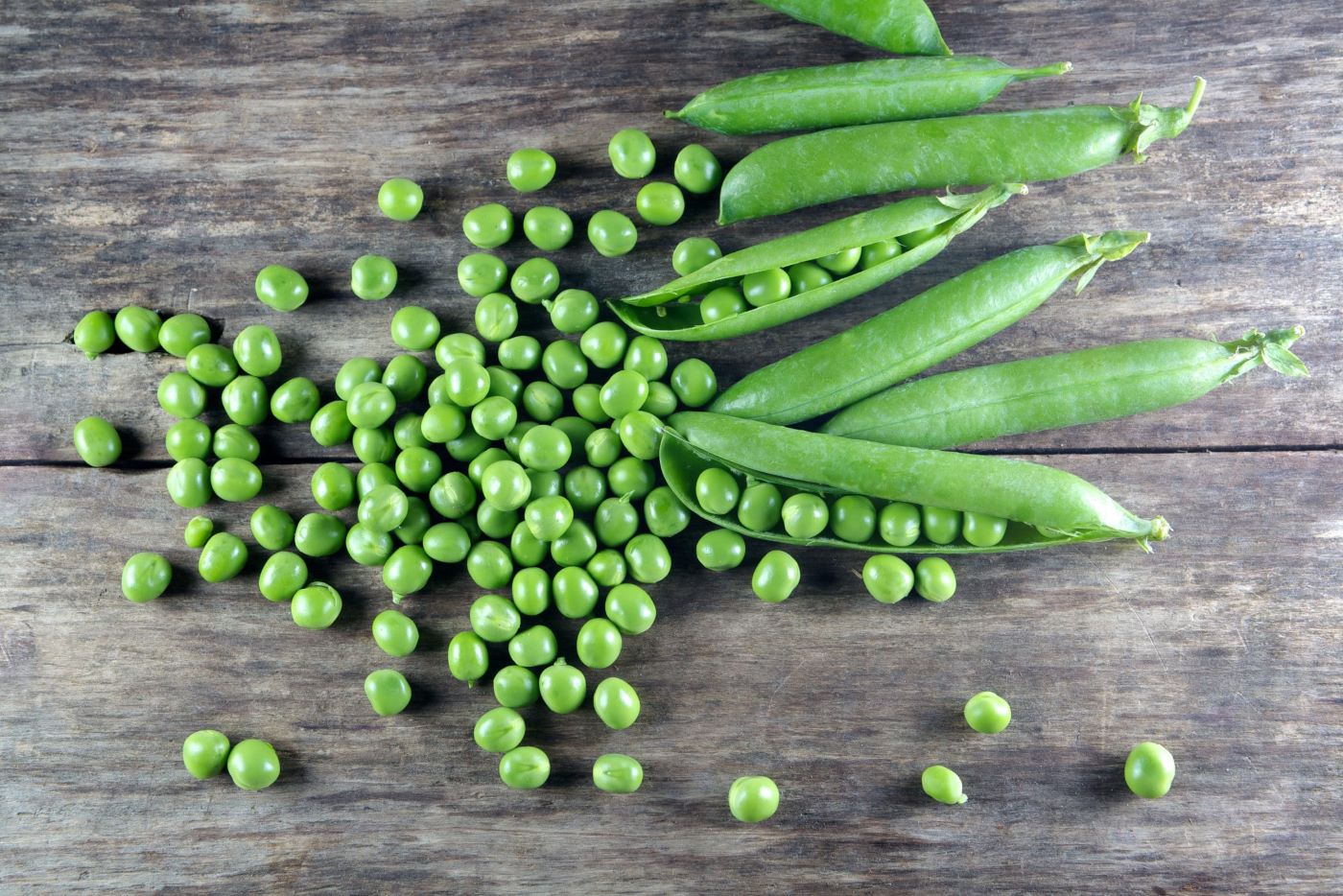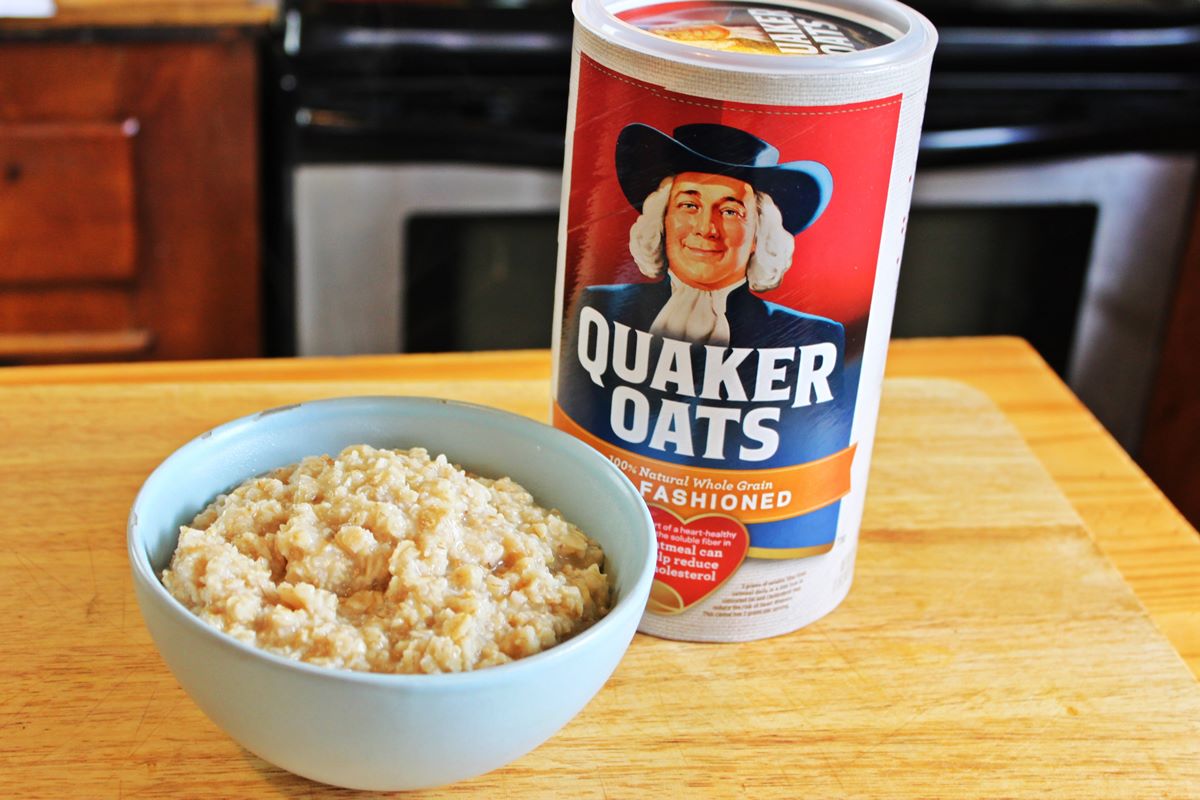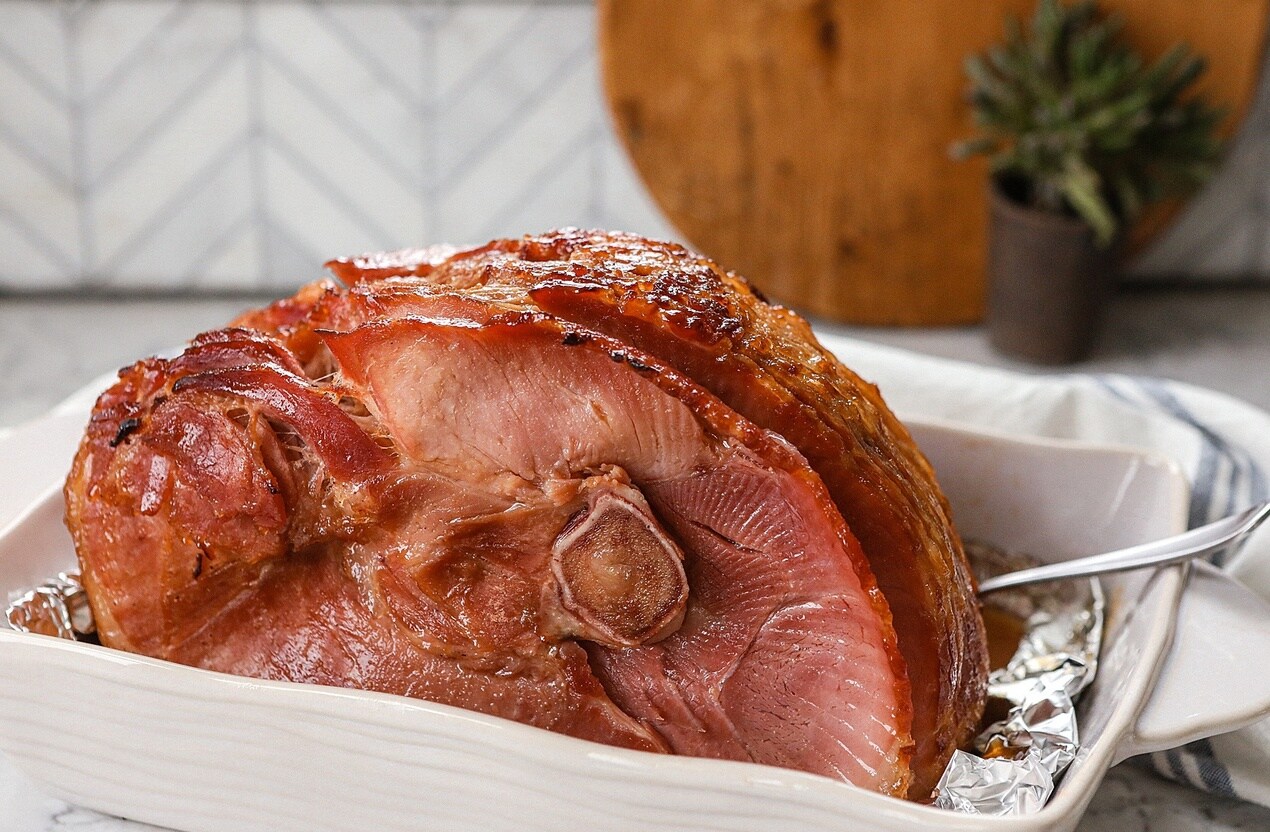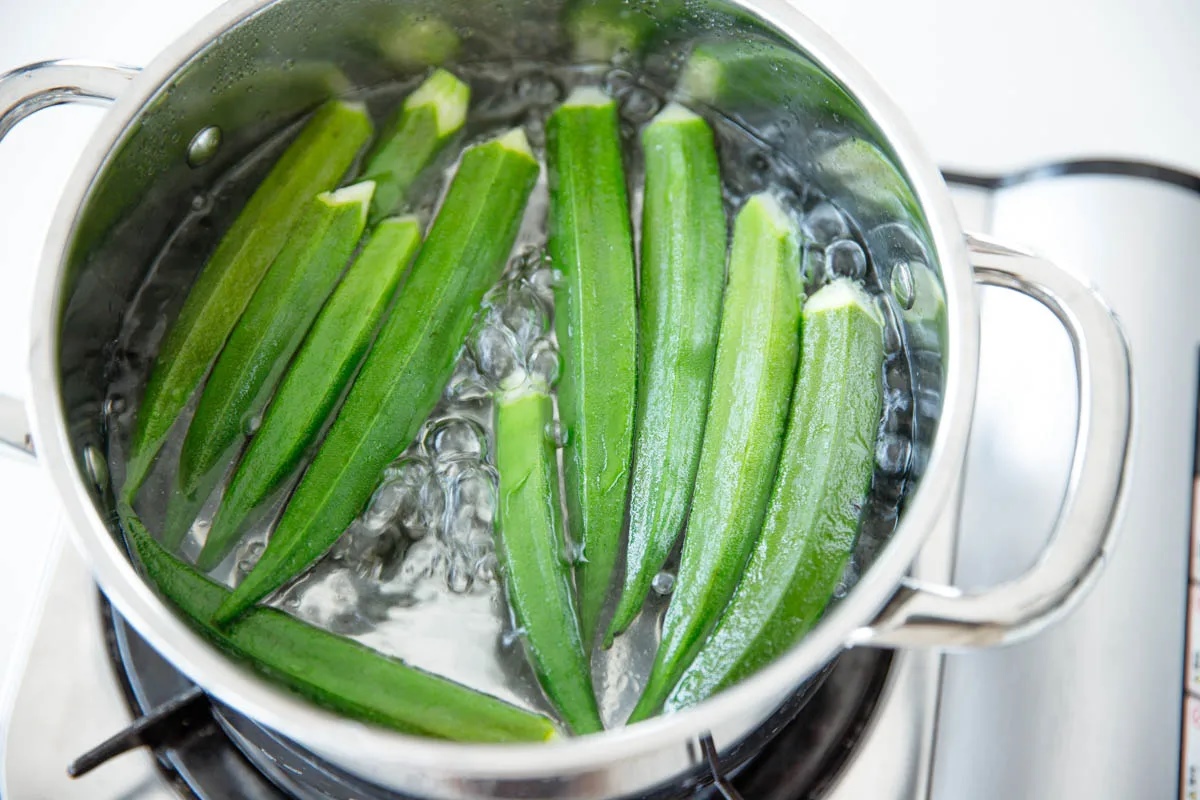Delicious and Nutritious: Unleash the Flavors of Chinese Vegetables in Your Kitchen
Chinese cuisine is known for its diverse and vibrant flavors, and one of the key elements that contribute to these culinary masterpieces is the use of fresh and flavorful vegetables. Incorporating Chinese vegetables into your cooking not only adds a healthy and nutritious twist to your meals but also introduces you to a whole new world of delicious flavors. From the ever-popular bok choy to the adventurously bitter gai lan, there are plenty of Chinese vegetables waiting to be discovered in your kitchen.
Choosing the Right Chinese Vegetables
When it comes to cooking Chinese vegetables, it’s crucial to start with the right ingredients. Here are some popular Chinese vegetables you can find at your local Asian grocery store or farmer’s market:
- Bok Choy: This leafy green vegetable with crunchy white stalks and tender green leaves is a staple in Chinese cuisine.
- Gai Lan (Chinese Broccoli): Often praised for its slightly bitter taste and nutritional benefits, gai lan is a must-try Chinese vegetable.
- Choy Sum: With its delicate stems and vibrant yellow flowers, choy sum adds a touch of elegance to any dish.
- Chinese Eggplant: Long and slender, Chinese eggplant is milder in flavor compared to its Western counterparts.
- Snow Peas: These sweet and crunchy pea pods are commonly used in stir-fries and add a delightful burst of freshness.
Preparing Chinese Vegetables
Properly preparing Chinese vegetables ensures that they retain their crisp texture and vibrant colors. Here’s a simple step-by-step guide to get you started:
- Wash the vegetables thoroughly under cold water to remove any dirt or debris.
- Trim the ends if necessary and cut the vegetables into bite-sized pieces.
- If stir-frying, blanch the vegetables by quickly boiling them for a minute or two and then immediately transferring them to an ice bath to stop the cooking process.
- If steaming, place the vegetables in a steamer basket and steam until tender yet still crisp.
- If using in a soup or stew, add the vegetables towards the end of the cooking process to prevent overcooking.
Flavorful Chinese Vegetable Recipes
Now that you have a selection of Chinese vegetables and know how to prepare them, it’s time to explore the exciting world of flavors. Here are a few simple yet flavorful recipes to get you started:
Garlic Stir-Fried Bok Choy: Heat some vegetable oil in a wok, add minced garlic, and stir-fry until fragrant. Add bok choy and continue to stir-fry until the leaves are wilted but still retain their crunch. Season with soy sauce and a dash of sesame oil for added flavor.
Gai Lan with Oyster Sauce: Blanch gai lan and set aside. In a separate pan, heat oyster sauce with a touch of sugar and garlic. Toss in the blanched gai lan and stir-fry for a couple of minutes until the sauce coats the vegetables evenly.
Stir-Fried Snow Peas and Mushrooms: Heat vegetable oil in a wok, add sliced mushrooms, and stir-fry until golden brown. Add snow peas and continue to stir-fry until crisp-tender. Season with a drizzle of soy sauce and a sprinkle of toasted sesame seeds.
Bring Chinese Cuisine to Your Table
By incorporating Chinese vegetables into your cooking repertoire, you can elevate your meals with an array of enticing flavors and textures. Whether you’re a fan of stir-fries, soups, or steamed dishes, Chinese vegetables offer a versatile and healthy addition to any recipe. So, venture into your kitchen, explore the world of Chinese vegetables, and let your taste buds take a journey to the enchanting flavors of China!
More Delicious Ways to Enjoy Chinese Vegetables
After mastering the basics of Chinese vegetable cooking, why not put your skills to the test with a variety of delightful recipes? For a quick and flavorful meal, try the Sizzling Bok Choy Stir-Fry, which showcases the crisp texture and mild flavor of bok choy enhanced by the aromatic punch of garlic. If you're in the mood for something with a bit more heat, the Spicy Szechuan Eggplant is a must-try, combining the soft textures of eggplant with the bold flavors of Szechuan seasoning. For a lighter dish, the Chinese Cabbage Sesame Salad offers a refreshing mix of crunchy cabbage with a nutty, sweet sesame dressing that is both satisfying and healthy. Each recipe provides a unique way to apply the techniques discussed in the guide, enhancing both your kitchen skills and your mealtime experience.
Was this page helpful?
Read Next: How To Cook Meatballs In Pan
